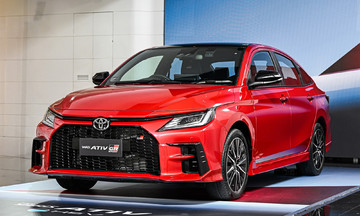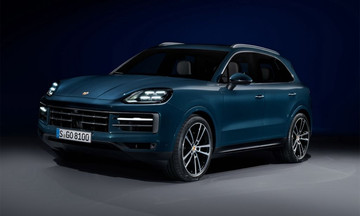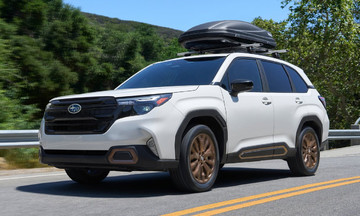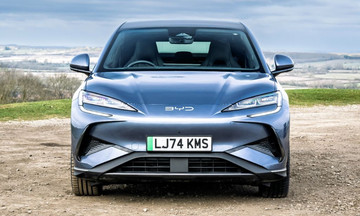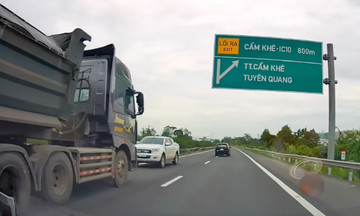On the twisting Nurburgring, a Porsche rapidly approached a slower BMW. The Porsche initiated a pass on a slight bend, but just as it was about to overtake, the BMW veered left, colliding with the Porsche. The high-speed impact sent the Porsche careening into the barrier, where it bounced into the air and burst into flames.
Part of the Porsche's front suspension, including the brake disc and caliper, landed at least 30 meters away. The entire front end of the car was obliterated. The BMW was also extensively damaged.
The accident sparked debate about who was at fault. Some commentators argued that the BMW driver was clearly responsible for cutting off the Porsche. Others contended that the 911 driver was too aggressive and impatient, and should have waited for a safer passing opportunity. Fortunately, both drivers survived the crash.
The Nurburgring, known as the "Green Hell" for its challenging corners, attracts racing enthusiasts and manufacturers eager to test the limits of their race cars, supercars, and sports cars.
Insurance for driving on the Nurburgring, especially during public track days, often requires specific coverage beyond standard road insurance due to the track's unique risks. Understanding the insurance implications of driving on this track is crucial to avoid unexpected expenses in case of an accident.
The Nurburgring operating company will also bill both drivers for the damage to the barriers caused by the accident.
My Anh (via Carscoops)



